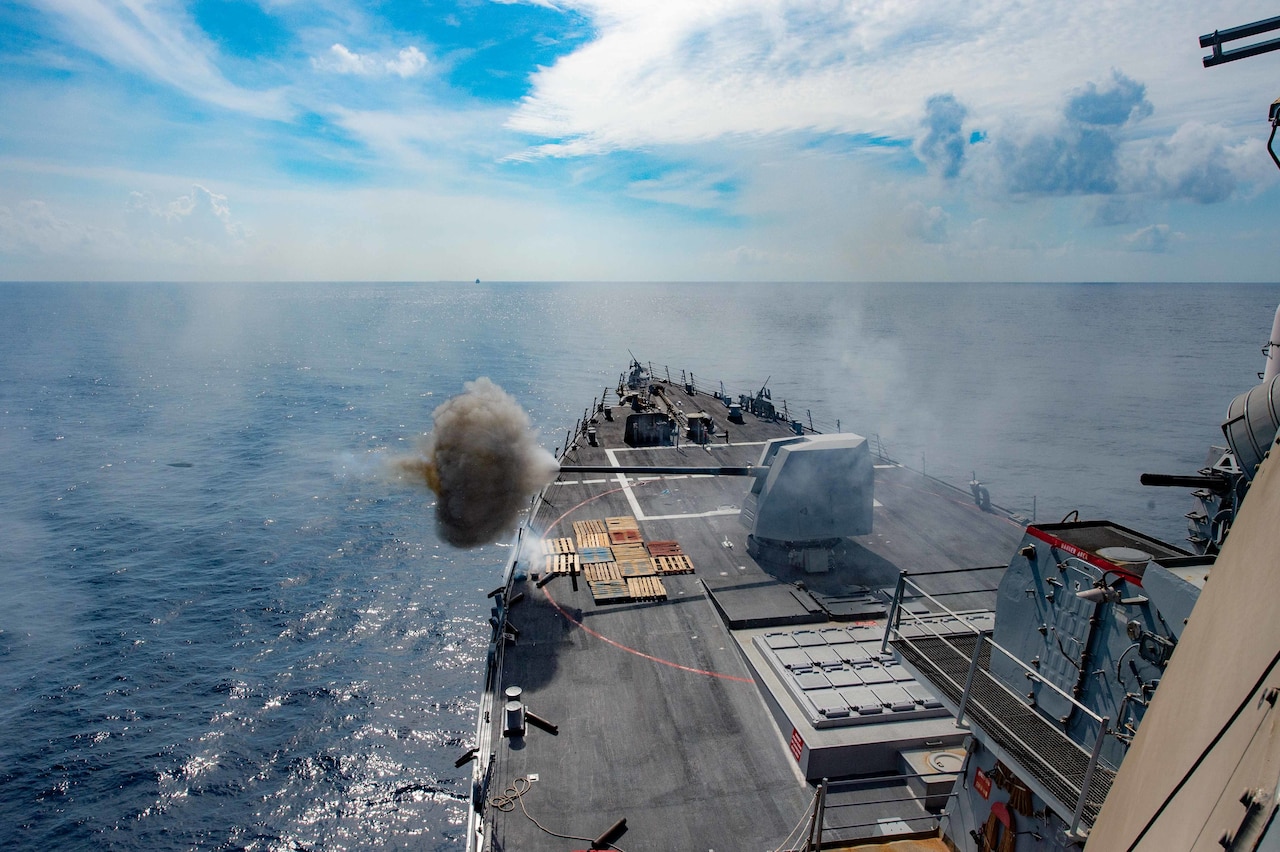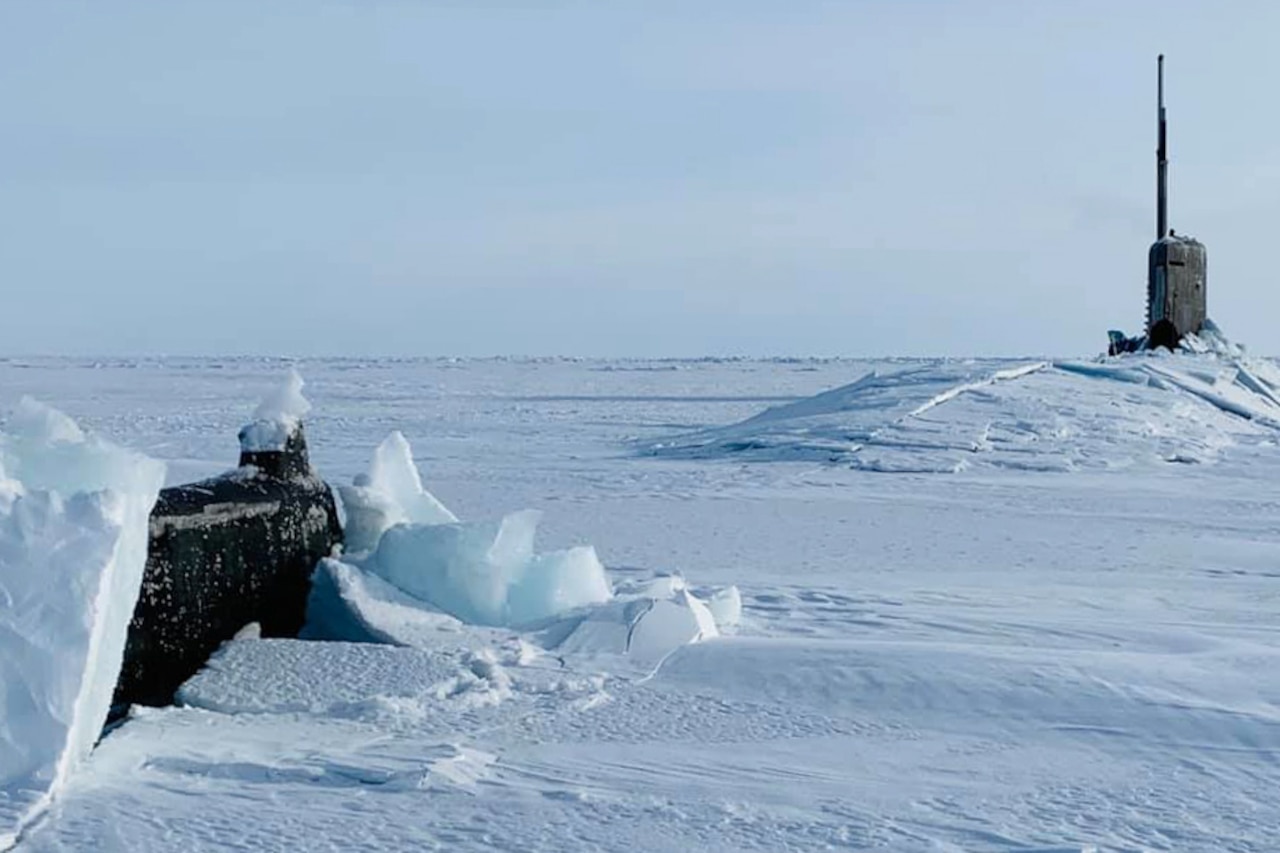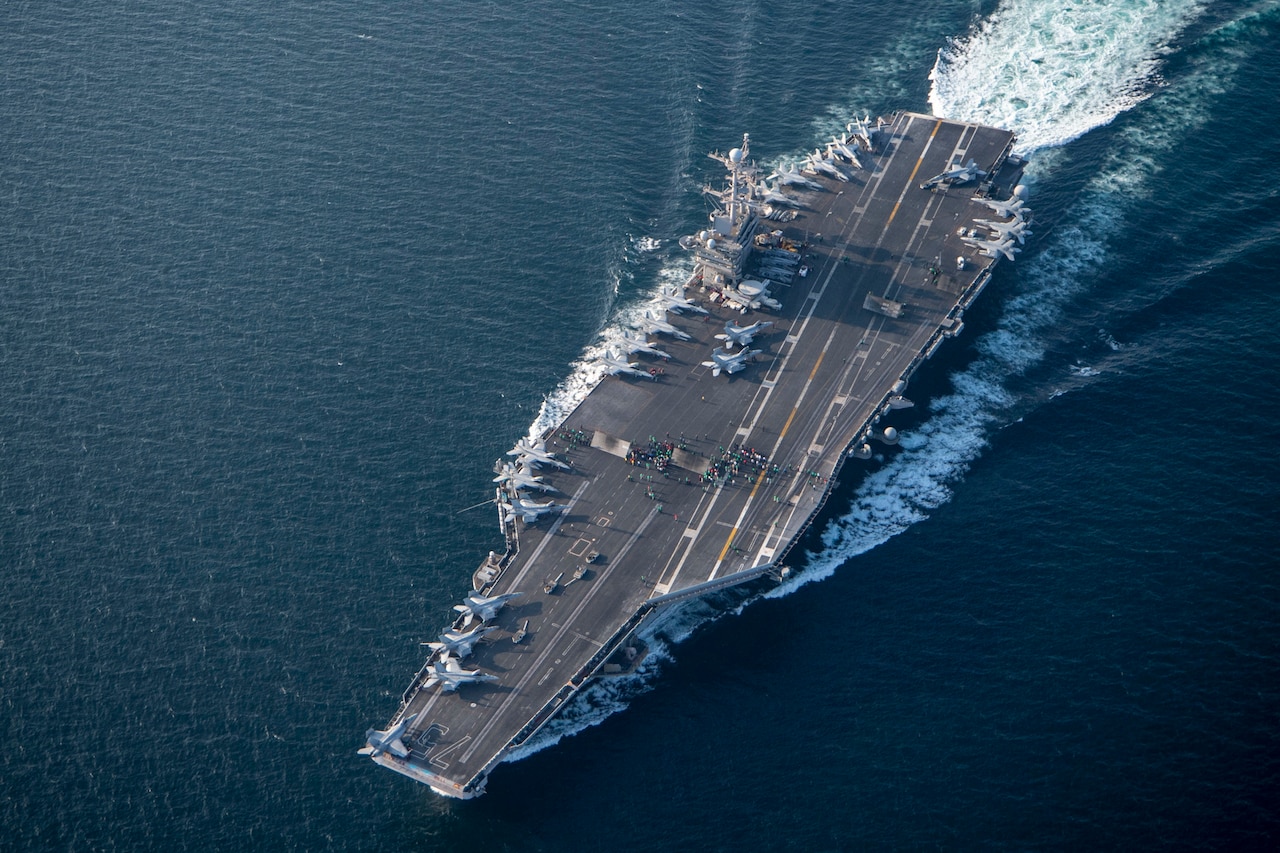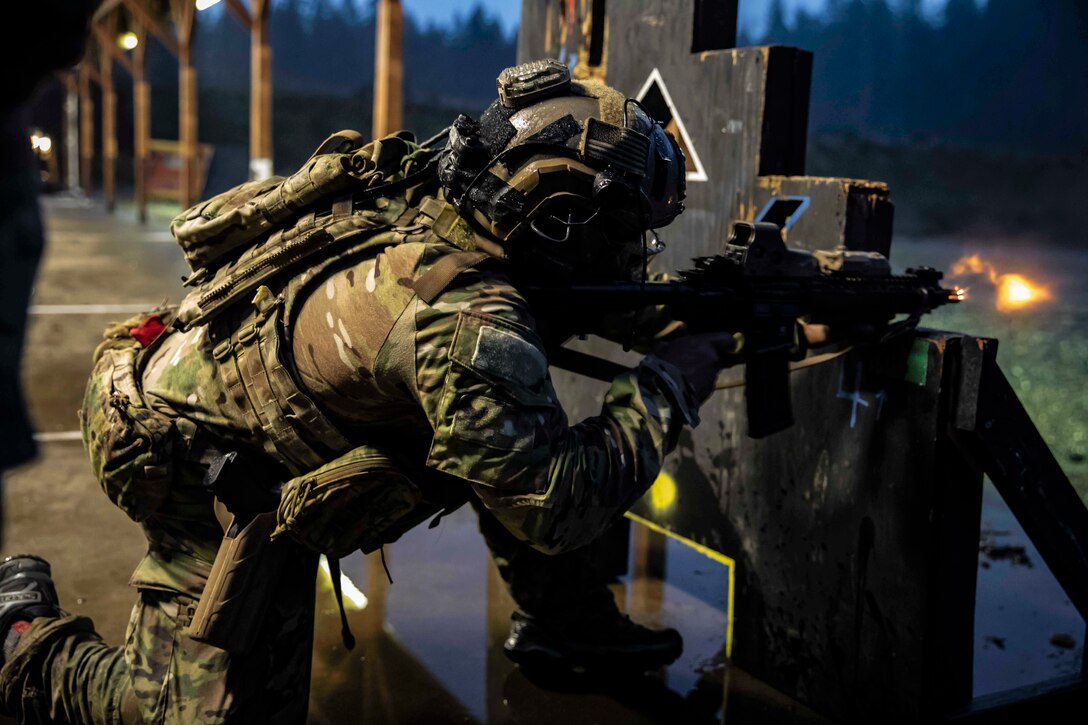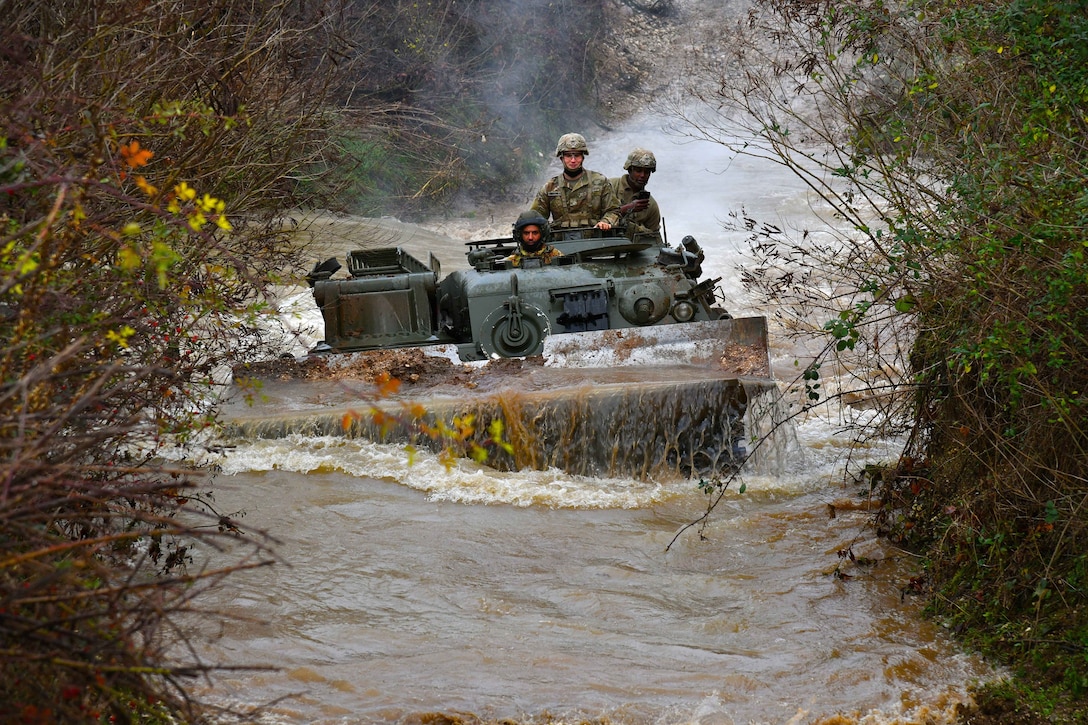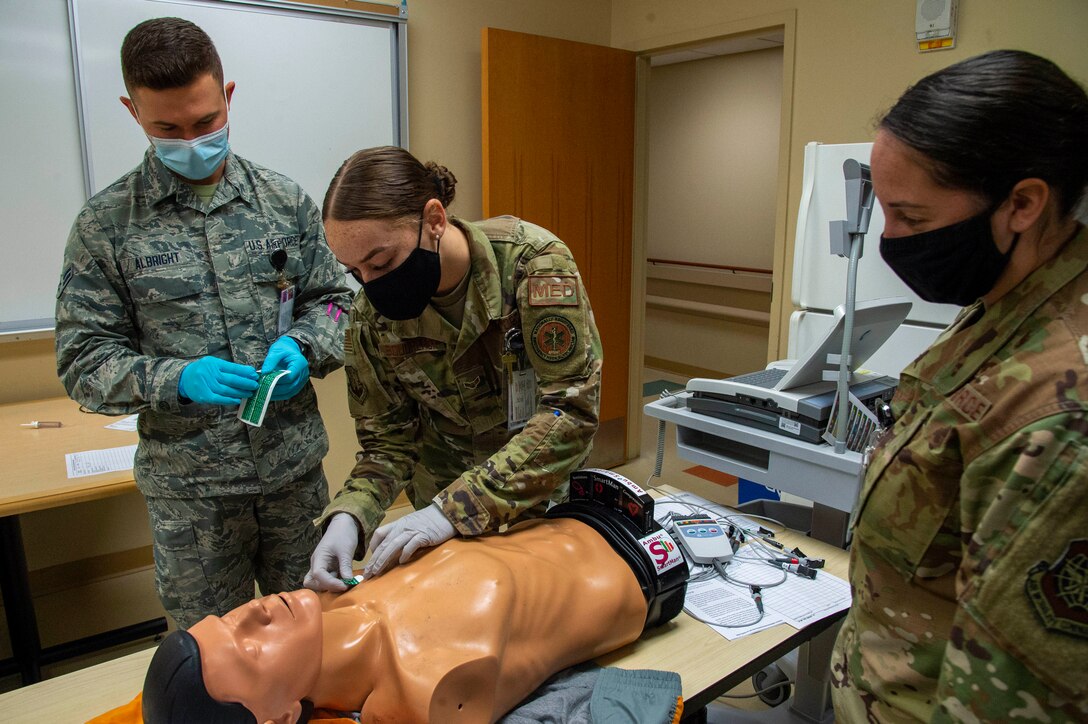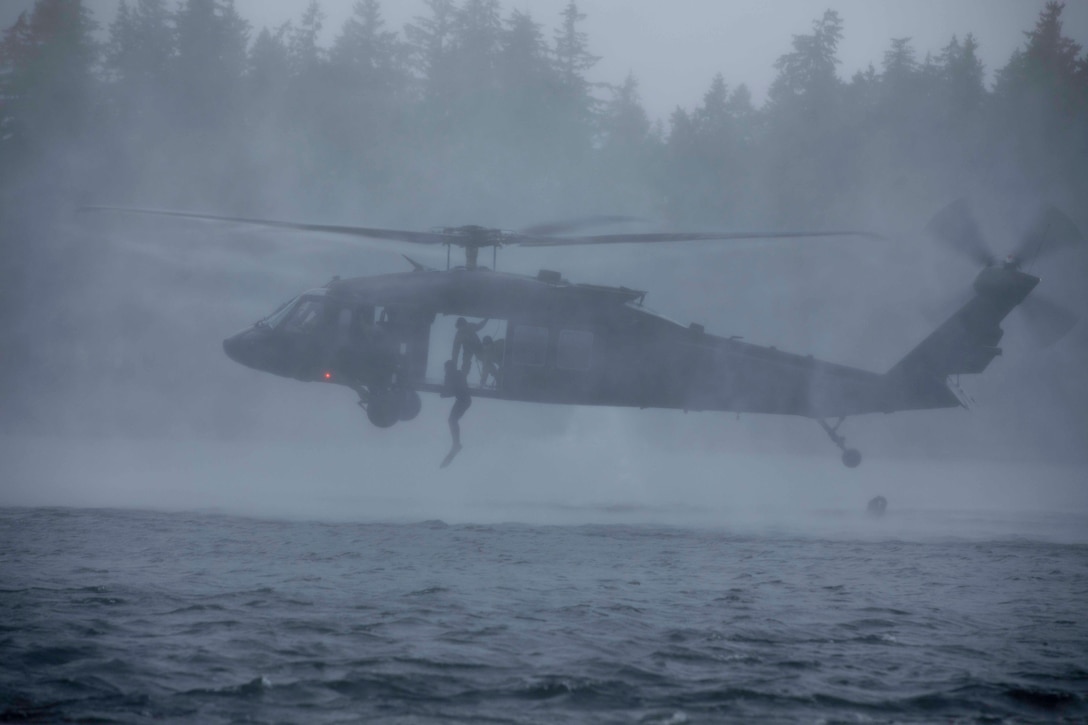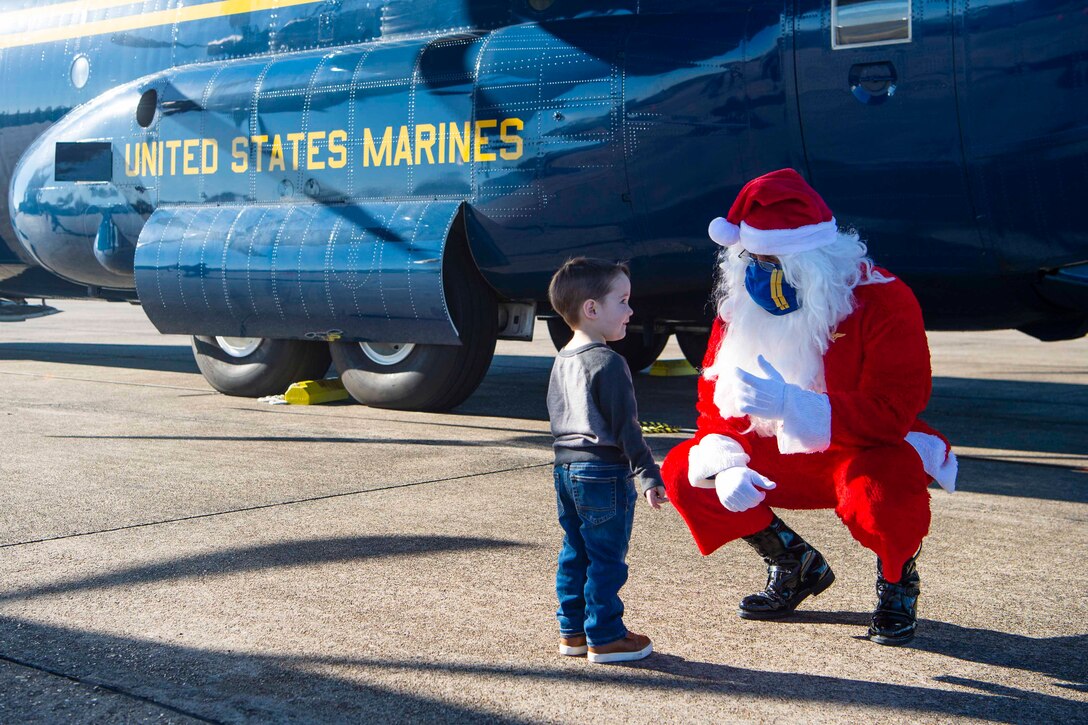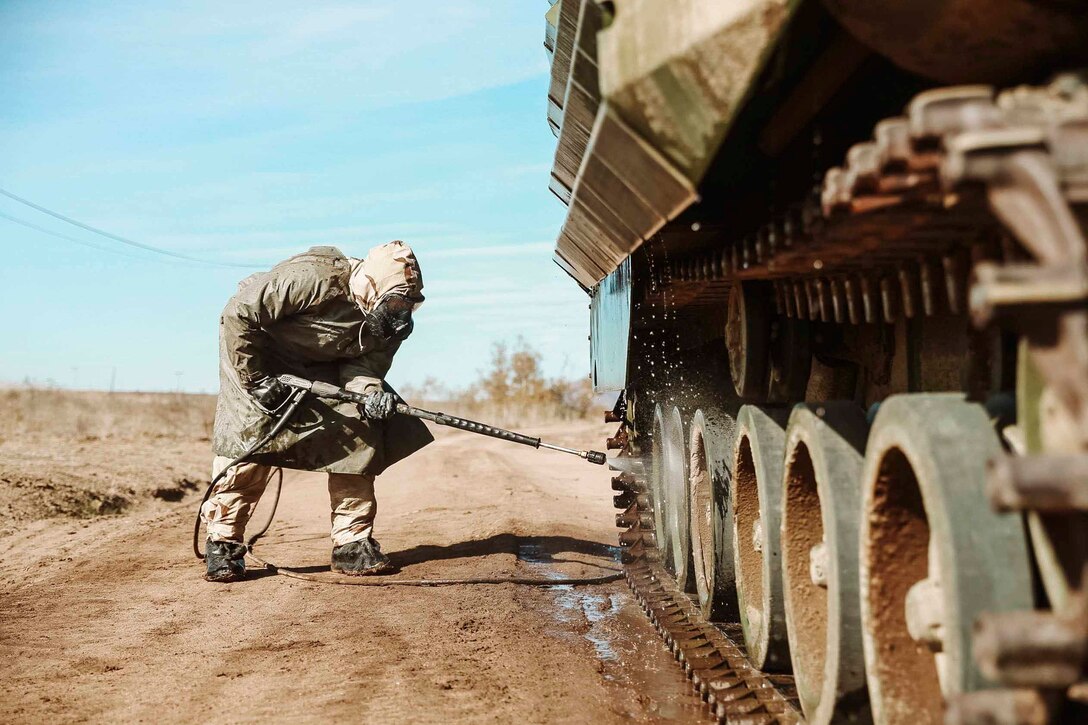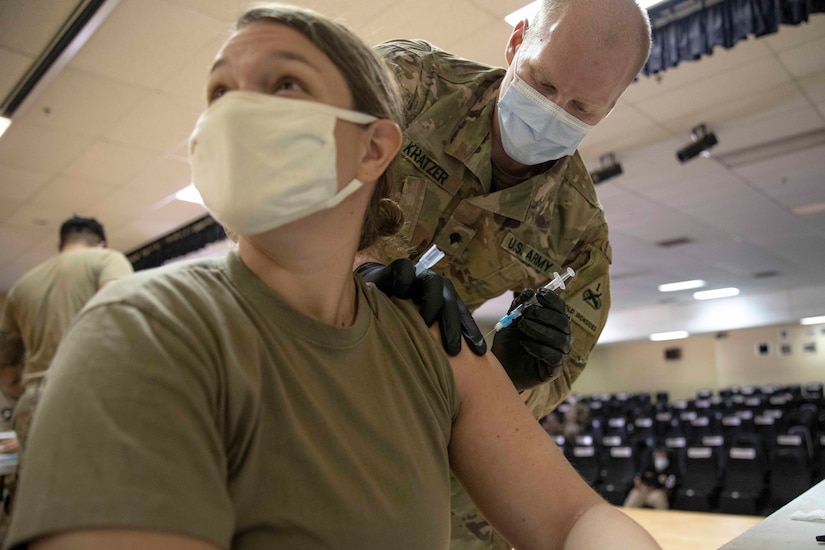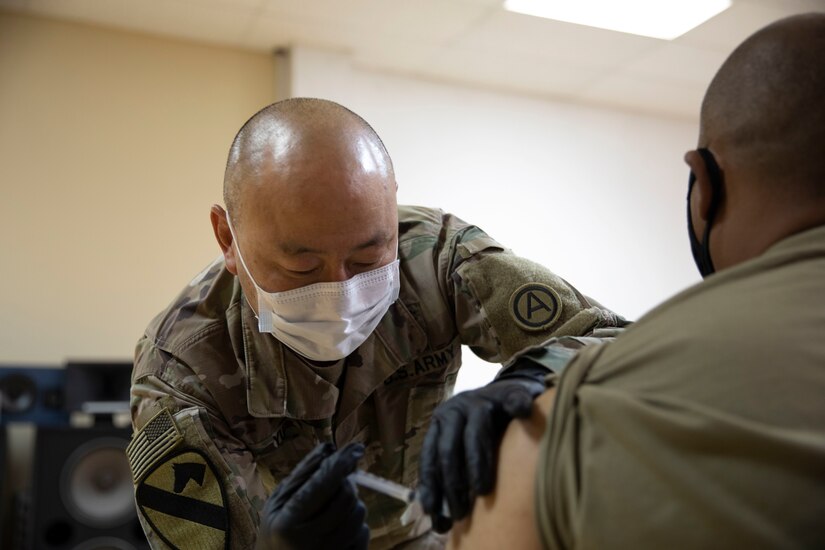Dec. 10, 2020
|
BY Ellen Crown
Medical logistics experts at the U.S. Army Medical Materiel Agency
have started receiving COVID-19 vaccine orders from throughout the
Defense Department in anticipation of the Food and Drug Administration's
emergency use authorization of a vaccine or multiple vaccines.
USAMMA, which reports directly to Army Medical Logistics Command, is
the lead for all services, working in collaboration with the Defense
Health Agency's Immunization Health Care Division.
The USAMMA team is collecting COVID-19 vaccine orders from all
service branches and submitting them to the Centers for Disease Control
and Prevention.
USAMMA will also track vaccine shipments from the vendor to each
military site. If required, the team will monitor the redistribution of
vaccines to additional sites throughout the military.
USAMMA Distribution Operations Center Deputy Director Liz Andrews
said the vaccine will ship directly from the vendor to several military
medical treatment facilities throughout the U.S. — where it will be used
to immunize troops, as well as military beneficiaries — and bolster
their immunity against the pandemic.
There are known logistical challenges. For example, at least one of
the vaccine candidates has to be kept at ultra-cold temperatures of
minus-80 degrees Celsius.
Andrews said she and her team will not only track the vaccine's
movements, but also its temperature throughout shipment to ensure it
arrives safe and ready for use.
"This is a challenging mission but also very exciting," Andrews said.
"We are prepared to execute this mission and proud to be a part of
Operation Warp Speed."
Operation Warp Speed, of which the Army's senior logistician Gen.
Gustave F. Perna is the chief operating officer, is a public-private
partnership developed to deliver safe and effective COVID-19 vaccines.
In a Defense.gov press release, Perna said he is committed to
streamlining processes that will allow manufacturing and distribution to
deliver medical countermeasures at an unprecedented rate.
The USAMMA team is uniquely equipped for the mission because of their
expertise in vaccine distribution and cold chain management. USAMMA
currently serves as the service lead for ordering and distribution of
other military vaccines, such as anthrax and smallpox.
"The military hospitals are already used to working with us, so this
made the process smoother for them as they were familiar with our
systems and forms," Andrews said.
Andrews also said the USAMMA Distribution Operations Center web
development team also played a crucial role by swiftly adapting USAMMA's
existing vaccine ordering system, so it could be used for COVID-19
vaccine order processing.
"This was a total team effort," she added, "and we are just honored to be a part of this whole-of-government campaign.""
(Ellen Crown is assigned to the U.S. Army Medical Logistics Command.)
